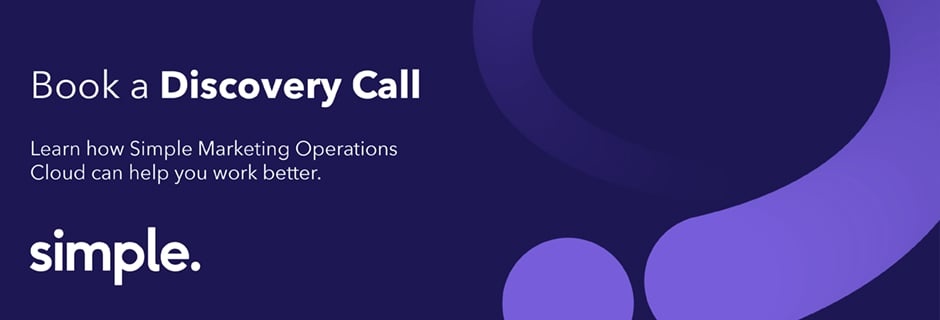Managing brand personality across channels crucial to trust: RMIT
Media disruption is impacting the habits of some audiences as often as every three months, with students reacting to trends and changing the way they use or consume social media as often as once a quarter.
It’s a stark warning for marketing teams, who shouldn’t assume that because a marketing channel was effective two years ago, it should continue to be used in the same way, according to RMIT associate director of digital communications, Corinna Maloney.
“Your audience isn’t going to stay still,” Ms Maloney told an audience of marketers at Simple’s recent panel discussion event, Delivering Value in a Disrupted Marketing World.
“Their behaviours are going to change as new technology arises,” she said. “In fact, I find especially with social that their behaviours actually change probably every quarter based on the trends of the time.
“Some people say video posts are going to work really well and then three months later straight text works really or then you have a carousel that works really well. You have to bend and mould with what your audience wants. I think it’s really important to test and experiment and figure out what’s going to work.”
Ms Maloney, who manages digital and social channels from a centralised team that handles digital communications for the entire Melbourne-based university, said the higher education market was complicated.
“My mind was blown at the complexity of it,” she said.

RMIT alone has campuses in Australia, Vietnam and Europe, with more than 85,000 students and over 10,000 stakeholders – academics, researchers, alumni and so on.
“One of the most unique problems I’ve found with the university and education specifically is the complete opposite to the problem that I’ve had in the past — and that is an abundance of content,” said Ms Maloney, who previously worked in agencies and client-side marketing teams where she had to create the content.
“Here I have to wade through the content to find what is most relevant, what is most appropriate and to figure out what our audiences actually want to hear and see,” she said.
One of the key problems was maintaining a consistent brand across changing media channels and audiences while meeting the objectives of such a large and diverse group of stakeholders.
“Everyone thinks social is the right channel for everything,” Ms Maloney said. “People often forget that social is about being social. It’s a two-way thing. It’s not just about pushing content out.
She said maintaining a consistent brand with tone-of-voice variations across different channels to market was critical.
“You’re not just a one-page description in brand guidelines. You have to be a personality,” she said. “Much like as individuals and personalities and we speak differently on different channels, so do brands.
“So that means you have to have a really strong brand and content strategy when it comes to knowing your tone and style of voice on each of the different channels to be able to hit that audience.”
She said it was important for RMIT to push back and encourage stakeholders to use different channels, such as email, instead of social, in order to protect the RMIT brand.
“When you deviate from that you actually lose their trust and then you have to start all over again to try and build that trust from your audience,” she said.
Download: How Brand Automation Means Anyone Can Do Amazing Marketing

